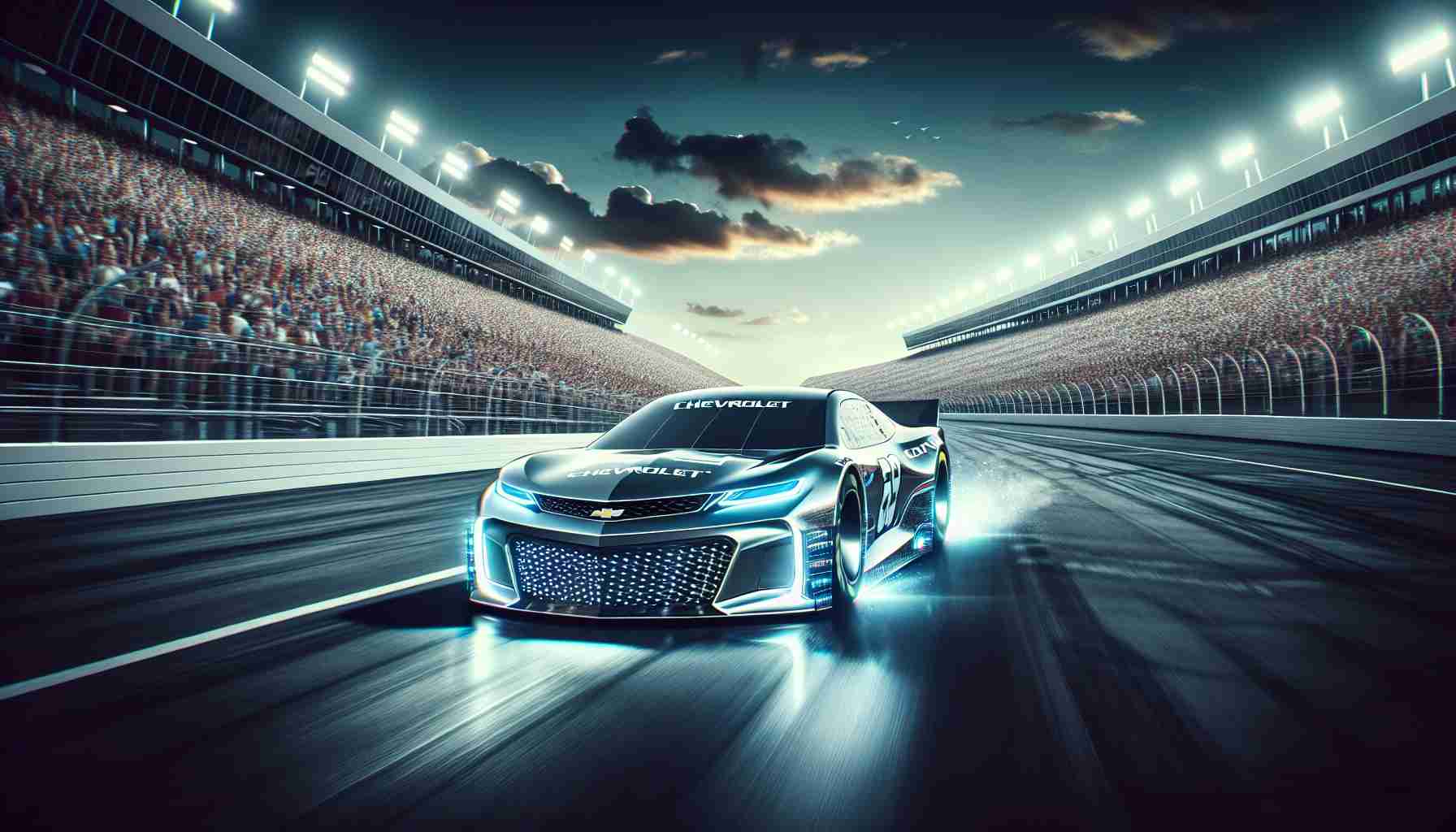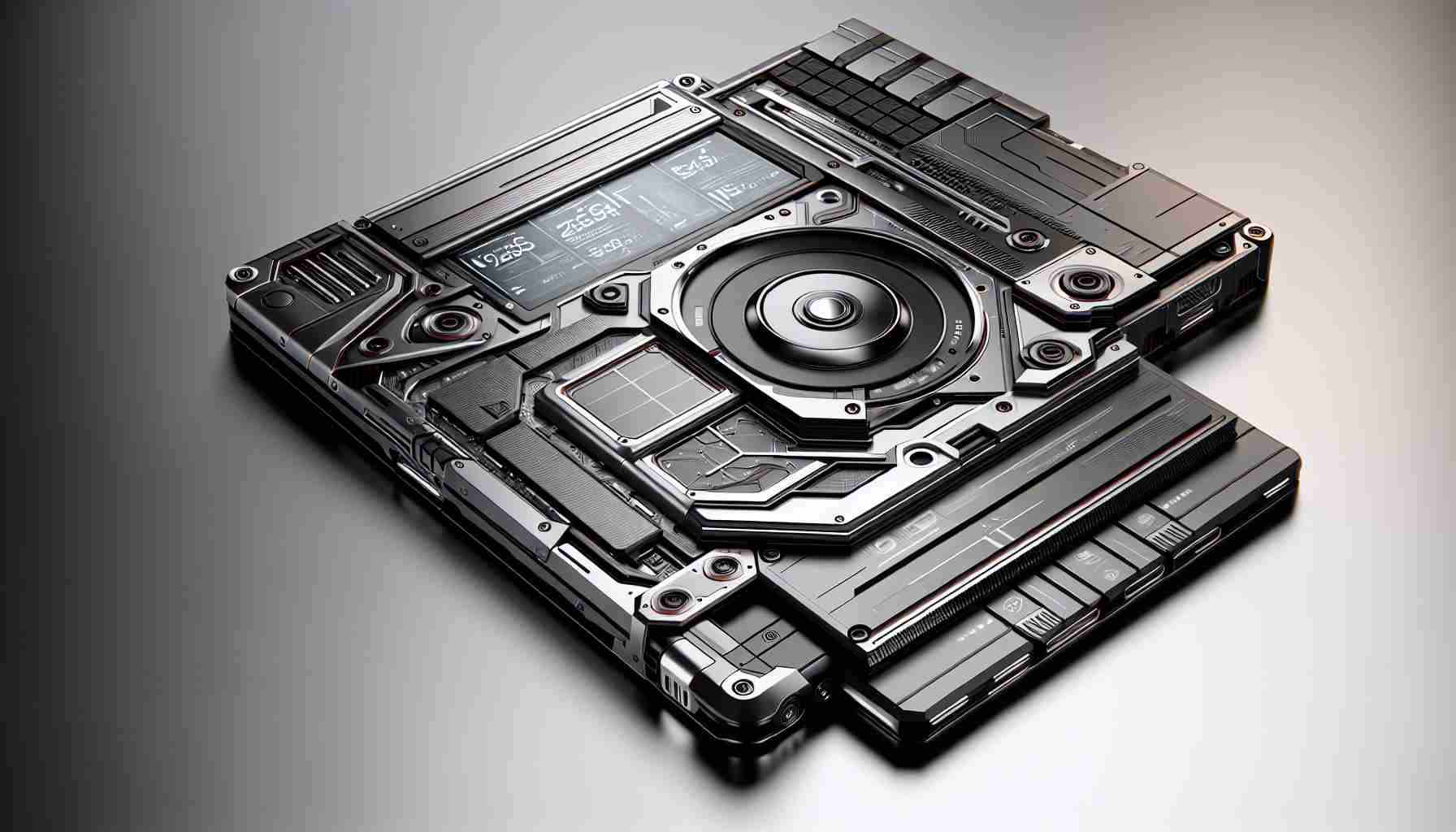Chevrolet’s legacy in NASCAR is rich and storied, dating back to 1949 when it first entered the stock car racing scene. Over the years, Chevrolet has proven to be a dominant force, notching numerous victories that have solidified its reputation as the most successful manufacturer in the history of the NASCAR Cup Series.
Throughout its racing tenure, Chevrolet has introduced several noteworthy models, with the capable Camaro ZL1 being the most recent star. Introduced in 2018, this high-performance vehicle has consistently demonstrated its prowess on the track, powered by a formidable 650-horsepower engine. However, a significant shift is on the horizon as Chevrolet announced plans to discontinue the Camaro line after the 2024 model year.
This decision raises important questions regarding the Camaro’s future in NASCAR. According to NASCAR regulations, a manufacturer can only compete with vehicles that are still available for consumers, meaning once the Camaro is phased out, it may no longer be eligible for the track. Although reports suggest that Chevrolet could continue fielding the ZL1 until 2025 provided no modifications are made, the company is expected to transition to a new racer soon.
As speculation mounts regarding a replacement for the ZL1, candidates like the Malibu and even the iconic Corvette have surfaced. Yet, Chevrolet remains tight-lipped, leaving fans eagerly awaiting more news about its next chapter in the exhilarating world of NASCAR racing.
The Future of Chevy in NASCAR: A New Era Awaits
As Chevrolet prepares to shift gears in its NASCAR involvement, the automotive giant faces both excitement and uncertainty. With the impending discontinuation of the Camaro, the question that looms large is: what will Chevy’s next chapter in NASCAR look like?
Key Questions Surrounding Chevrolet’s NASCAR Future
1. What model will Chevy replace the Camaro ZL1 with?
Chevrolet has not officially announced a direct successor to the Camaro ZL1. Speculation includes the Malibu and Corvette, but no clear direction has emerged.
2. How will the transition affect Chevrolet’s competitive edge?
Transitioning to a new model can disrupt performance dynamics. The adaptation period for teams could affect their standings and overall competitiveness in NASCAR.
3. Will Chevrolet maintain its position as the top manufacturer?
With the introduction of new models from competitors, the probability of losing the manufacturer’s championship title could increase unless Chevy adapts efficiently.
Key Challenges and Controversies
One of the most significant challenges faced by Chevrolet in the impending transition is the potential backlash from loyal Camaro fans. The discontinuation of a beloved model, steeped in racing history, may alienate a portion of the fanbase. Furthermore, balancing the demands of NASCAR’s strict regulations—especially regarding model availability for consumer purchase—adds complexity to any potential transition strategy.
Another controversy emerging is the fan perception of Chevy’s commitment to NASCAR racing. Some purists argue that relying on models not traditionally associated with racing, like the Malibu, could dilute the brand’s racing identity.
Advantages and Disadvantages of the Transition
Advantages:
– Increased Innovation: A new model may benefit from advancements in technology and aerodynamics, potentially improving performance on the track.
– Revitalization of Brand Identity: A bold move to introduce a new racing model could energize the brand, attracting new fans and rekindling interest among existing ones.
Disadvantages:
– Uncertainty in Performance: Transitioning to a new model could lead to initial performance issues, which may take time to resolve.
– Loss of Heritage: Departing from the Camaro, a model with deep roots in NASCAR, could alienate core fans and lose the historical aspect of Chevy’s racing heritage.
As Chevrolet navigates this transition, its ability to innovate while maintaining its heritage will be crucial. The expectation is that the company will wield its extensive racing experience to introduce a competitive model that can uphold—and even elevate—its esteemed legacy in NASCAR.
Conclusion
The future of Chevrolet in NASCAR holds both promise and peril. With fans eagerly awaiting news on the next contender, the automotive giant must carefully chart its course in this new era, balancing innovation with tradition. As the race to stay competitive intensifies, all eyes will be on Chevy as it aims to maintain its status as a leader in the NASCAR Cup Series.
For further insights into Chevrolet’s historical impact and future in motorsports, visit Chevrolet.













